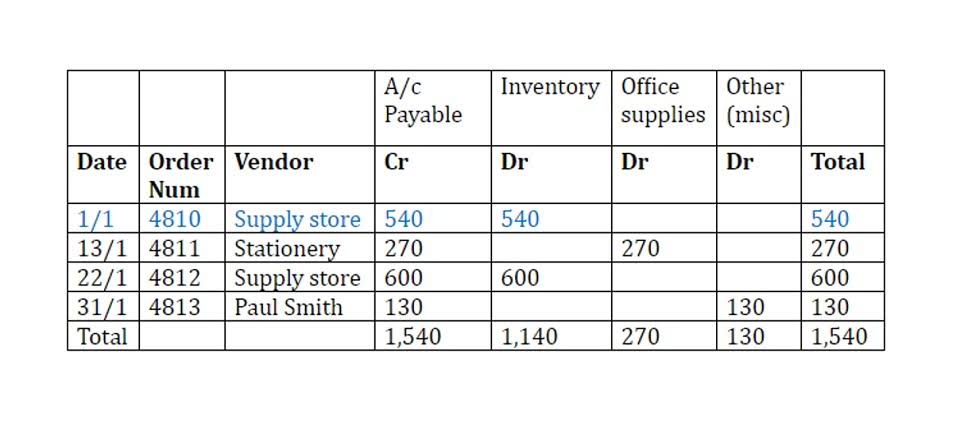
If you anticipate needing Social Security in the future, you must have five years of covered earnings to maximize the amount of money you receive. Meals and lodging provided for free or at a reduced rate to an employee are considered wages. However, if the meals and lodging are given for the employer’s convenience and on the employer’s premises, they are not subject to PIT. Most of these questions focus on understanding the amounts in the numbered boxes on the W-2.
Why are my Medicare wages higher than my Social Security wages?
For taxable wages above $200,000, an additional 0.9% is withheld for the remainder of the year. 401(k) contributions are a common reason Medicare wages exceed federal taxable wages. Employees can defer part of their salary into a retirement savings plan, reducing federal taxable income. For instance, if an employee earns $60,000 and contributes $5,000 to their 401(k), their federal taxable wages would be $55,000, but Medicare wages would still reflect $60,000. Employers must report these figures accurately on the W-2 form to ensure compliance with tax rules.
Top 5 Differences
Salary is generally a fixed amount of package calculated on an annual basis. When divided by a number of months the amount to be disbursed monthly is ascertained. This article presents you the important differences between salary and wages in tabular form.

Box 10 – Dependent Care Benefits
To make matters more complex, the amounts shown for Social Security (Box 3) or Medicare (Box 5) will be reduced by Pre-Tax deductions only. States like California and New York, with their comprehensive tax codes, often include a broader Oil And Gas Accounting range of income items, widening the gap between state and federal wages. Additionally, non-wage income, such as lottery winnings, may be taxed differently, further increasing state wages. Some types of employment and payments are exempt and not considered subject wages.

If the manager is paid semi-monthly each paycheck will show a gross https://cemax-berlin.de/hubdoc-review-simplify-your-bookkeeping-in-2025-2 salary of $5,000 for half a month’s work. ✦ SALARIES → Fixed payments provided to employees regardless of hours worked, offering stability and predictability. Salaries are typical in more consistent roles, such as in management and professional positions. → Wage-based employees are often found in roles that require a variable schedule, such as retail, hospitality, and manufacturing jobs. Employers need to account for fluctuating labor costs depending on business demands. Let’s gain clarity on the distinctions between wages and salaries by exploring real-world examples.
- By contrast, in many roles classified as knowledge work, the employee’s contribution isn’t about time but about outcomes or deliverables.
- This indicates that salaried employees may have more stable employment conditions compared to those paid by hourly wages.
- Fair Labor Standards Act (FLSA) sets guidelines for overtime eligibility.
- PIT wages are the wages subject to California Personal Income Tax (PIT) which must be reported as income on an individual’s California income tax return.
- However, salaries can be inflexible if your business needs to make cutbacks, and it can also lead to resentment if employees feel they are being paid more or less than others in similar roles.
- Employers are required to withhold 1.45% of employees’ wages as Medicare tax and submit a matching amount to cover the costs of the Medicare program.
While wage earners enjoy the right to receive additional payment for working beyond regular hours, salaried employees’ eligibility depends on their classification under FLSA regulations. For example, a warehouse employee works 40 hours during the work week. If the employee’s hourly rate of pay is $15, on the 5th day following the work week, the employee will receive a paycheck showing gross wages of $600 (40 x $15). If the employee had worked only 30 hours during the work week, the paycheck will show gross wages of $450 (30 x $15). While working for an hourly wage can provide greater flexibility with your schedule and the potential for overtime pay, for the most part, a salaried position is a much better deal. A salary is a fixed amount that is paid to an employee at regular intervals, irrespective of the hours or amount of work performed.

Salary and wages are a type of compensation paid to the employees for the kind of services they offer to the company. At the same time, the types of employment for both are very different. → Salaried employees typically hold positions requiring consistent responsibilities, such as managers or professionals. These positions may not qualify for overtime but can offer additional benefits like bonuses and health insurance. An employer can’t dock pay for a salaried employee for any week in which the employee worked or was available and willing to work, regardless of how many hours they put in. Salaried employees salaries and wages tend to also be entitled to paid time off, such as vacation and sick leave.

What Types of Employees Earn a Salary?
Generally, if you are employed in the United States, you must pay the Medicare tax regardless of your or your employer’s citizenship or residency status. These taxes are deducted from each paycheck, and your employer is required to deduct Medicare taxes even if you do not expect to qualify for Medicare benefits. There is no easy answer to this question, as it depends on the individual’s circumstances. Some employees may prefer the flexibility of being paid a wage, while others may prefer the predictability of a salary. Ultimately, it is up to the individual to decide what works best for them.










